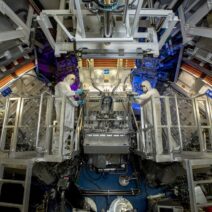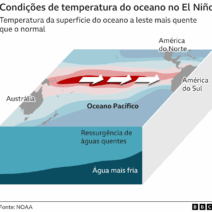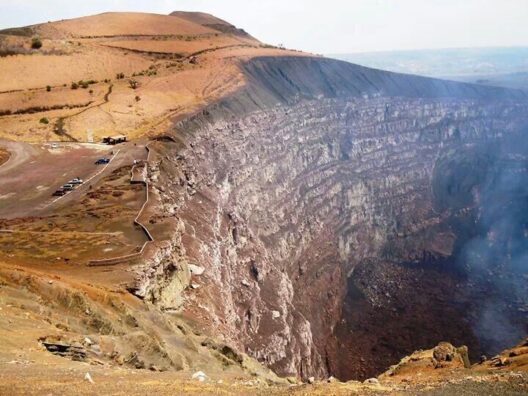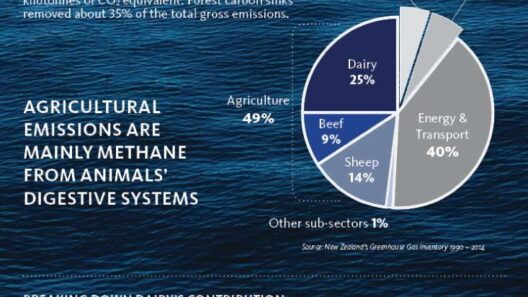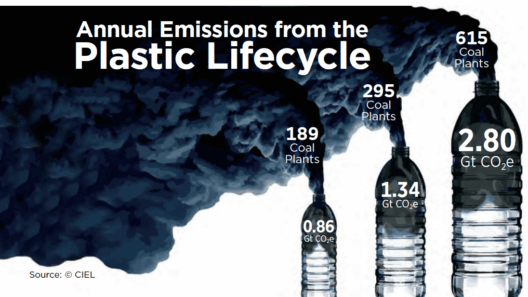In recent years, the urgency of addressing climate change has ignited a plethora of innovative actions and initiatives worldwide. Efforts to mitigate environmental degradation and combat climate change encompass a diverse array of strategies, methodologies, and grassroots movements. This multifaceted approach highlights not only the severity of the issue but also the creativity and determination displayed by individuals and communities in their quest for sustainability.
One of the most prominent movements is the rise of renewable energy. Solar, wind, and hydroelectric power have drastically transformed the energy landscape. As technology evolves, the cost of solar panels and wind turbines decreases, making renewable energy more accessible to households and businesses alike. Many countries are establishing ambitious goals. For instance, some nations aim to achieve net-zero emissions by 2050. This transition to clean energy sources is vital, as it not only reduces carbon footprints but also stimulates economic growth and fosters job creation in green technology sectors.
Yet, the transition to renewable energy is only part of the equation. Energy efficiency adventures augment these efforts substantially. Smart technology is increasingly infiltrating our lives, with smart thermostats, energy-efficient appliances, and LED lighting systems becoming commonplace in modern households. These tools help reduce energy consumption while maintaining comfort and convenience. As society becomes more energy-efficient, the collective impact on emissions can become quite substantial.
Transportation also plays a pivotal role in the battle against climate change. The electrification of vehicles is a significant trend, as electric cars and bikes gain popularity. Cities across the globe are expanding infrastructures for electric vehicles, including charging stations and incentives for electric bike usage. Public transport systems are also innovating; many urban areas are promoting the use of electric buses and adopting sustainable practices to make public transit more appealing. Notably, carpooling and the promotion of alternative transport methods contribute to reduced emissions, emphasizing the importance of collaborative consumption.
On a more localized scale, urban gardening and farming are flourishing. The rise of community gardens and urban farms reflects a growing awareness of sustainable food practices. These initiatives not only provide fresh produce but also foster community ties and encourage people to reconnect with nature. Furthermore, the concept of “food miles” is drawing attention to the environmental costs associated with long-distance food transportation. By shifting to locally sourced foods, communities can minimize their carbon footprints and support local economies.
Another fascinating aspect of climate action is the role of technology in environmental monitoring and advocacy. Citizen science projects utilize everyday individuals to collect data on local environmental conditions, ranging from air quality to biodiversity indices. This grassroots approach not only enhances scientific research but also empowers citizens to become active participants in climate advocacy. The proliferation of apps and platforms enables real-time environmental assessments, fostering collective awareness and action.
Corporate responsibility is also undergoing a profound transformation. Businesses are increasingly recognizing the need for sustainability as a core principle of their operations. Companies are adopting practices such as reducing waste, enhancing energy efficiency, and sourcing sustainable materials. Many organizations are setting science-based targets to align their operations with the objectives of the Paris Agreement. This shift not only bolsters corporate reputations but also catalyzes consumer demand for sustainable products and practices.
Educational initiatives are fundamental in cultivating a climate-conscious citizenry. Schools and universities are increasingly integrating sustainability into their curricula, fostering awareness from a young age. Programs that promote environmental literacy encourage students to engage with climate issues and instill a sense of responsibility towards the planet. Higher education institutions are also embracing sustainability by committing to carbon-neutral campuses and research dedicated to climate solutions.
Communities are harnessing the power of storytelling to address climate change. Artists, filmmakers, and writers are creating compelling narratives that inspire action and provoke thought. These narratives can galvanize public support and influence policy decisions. Environmental journalism, in particular, plays a crucial role in highlighting the impacts of climate change while showcasing innovative solutions undertaken across the globe.
Moreover, indigenous communities have been instrumental in climate action, often leading the charge in conservation and sustainability efforts. Indigenous knowledge systems and practices are deeply rooted in a profound understanding of local ecosystems. Their contributions to biodiversity conservation and sustainable land management are invaluable. Furthermore, recognizing and respecting the rights of indigenous peoples is essential for effective climate action, as their land stewardship practices have safeguarded the environment for generations.
Finally, individual actions, though seemingly small, accumulate into significant collective impacts. Simple lifestyle changes, such as reducing meat consumption, minimizing single-use plastics, and embracing recycling, contribute to a broader cultural shift towards sustainability. Movements like “Meatless Monday” or “Plastic-Free July” encourage individuals to adopt environmentally friendly habits while raising awareness about their implications.
Ultimately, the efforts to combat climate change are as varied as they are inspiring. From grassroots movements to technological advancements, people’s actions reveal an unwavering commitment to a more sustainable future. The tapestry woven by these initiatives paints a hopeful picture, showing that collective action, ingenuity, and dedication can indeed turn the tide in the fight against climate change. Each individual’s contribution is essential, and together, these efforts forge a pathway towards a more resilient and sustainable world.
